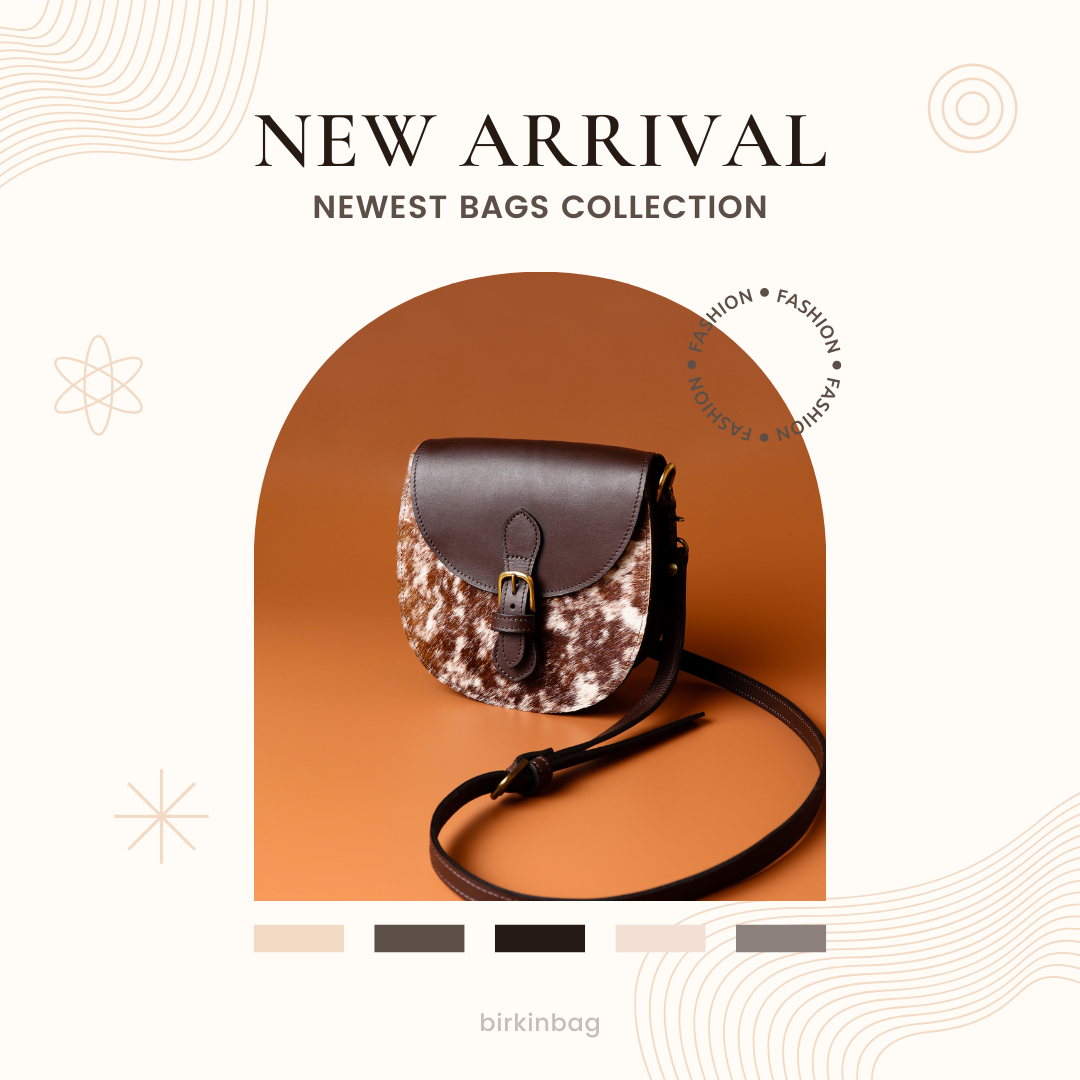Among the world’s most coveted fashion items, few symbols of luxury and sophistication are as universally recognized as the Hermes Birkin bag. This iconic accessory has come to embody the essence of exclusivity, craftsmanship, and status in the fashion world, captivating not only the elite but also the fashion-forward and collectors alike. Its allure is not merely rooted in its elegant design but also in the story of its creation, its enduring popularity, and the values it represents.
The Genesis of a Legend
The story of the Birkin bag begins in 1981, with an unlikely encounter between British actress and singer Jane Birkin and the then CEO of Hermes, Jean-Louis Dumas, on a flight from Paris to London. According to the legend, Birkin was struggling to fit her belongings into a handbag, and she mentioned to Dumas how difficult it was to find a stylish yet practical bag for a modern woman’s needs. This conversation led to the creation of the Birkin bag, designed specifically for her, a fusion of function and elegance that would come to define an entire era of luxury fashion.
The bag was crafted with meticulous care, drawing inspiration from both the structured, refined lines of Hermes’ classic styles, like the Kelly bag, and the practicality of a day-to-day bag. What made the Birkin different, however, was its unique combination of size, shape, and exquisite craftsmanship. The Birkin bag quickly went from a private commission to a symbol of elite status, thanks to its sophisticated design and Hermes’ unwavering commitment to quality. Today, the Birkin remains one of the most expensive, sought-after accessories in the world.
Masterful Craftsmanship
The Hermes Birkin bag is not just a handbag; it is a testament to the art of craftsmanship. Each bag is hand-stitched by skilled artisans in France, taking anywhere from 18 to 24 hours to complete. The labor-intensive process ensures that every Birkin bag is a perfect specimen of precision and artistry. From the selection of the finest leathers—ranging from smooth Togo to exotic alligator and ostrich skins—to the handcrafting of its hardware, no detail is overlooked.
What truly sets the Birkin apart is the brand’s unwavering commitment to quality. Each bag is made with the highest-grade materials, chosen for their durability and aesthetic appeal. The leather is often sourced from specific regions known for their superior texture, and each piece is carefully dyed to achieve the desired color and finish. The result is a product that not only feels luxurious but also ages gracefully, with the leather developing a beautiful patina over time.
Moreover, Hermes’ dedication to sustainable and ethical practices further elevates the Birkin’s prestige. The company’s commitment to using natural materials, working with local artisans, and promoting fair labor practices is a reflection of its values and respect for tradition. This ethos is integral to the allure of the Birkin, as buyers are not only acquiring a masterpiece of design but also an ethical product that respects craftsmanship and heritage.
Status Symbol and Investment
The allure of the Hermes Birkin bag extends far beyond its design and quality; it has become a status symbol that represents wealth, taste, and exclusivity. The bags are not sold in every boutique, and potential buyers must often be on a waitlist to acquire one. Additionally, Birkins are typically priced higher than other luxury bags due to their rarity and the painstaking process of their creation. Prices can range from several thousand dollars to hundreds of thousands, especially for bags made from rare skins like crocodile or alligator.
The rarity of the Birkin contributes to its status as a symbol of wealth and power. It is a bag that is as much about exclusivity as it is about style, with only a select few able to afford or even access it. This air of scarcity adds to its mystique, making owning a Birkin more of an achievement than simply purchasing an item of luxury.
In recent years, the Birkin has also gained recognition as a sound investment. Because of their scarcity, quality, and growing demand, Birkins have proven to increase in value over time. Certain limited-edition Birkins or bags in particular colors or materials have become highly sought after, often fetching prices at auction that far exceed their original retail value. For collectors and investors, the Birkin bag has evolved from a mere accessory to a valuable asset, with some even viewing it as a form of financial diversification.
A Symbol of Timeless Elegance
What truly sets the Hermes Birkin apart from other luxury bags is its timeless appeal. While trends in fashion come and go, the Birkin bag has remained a constant symbol of sophistication and class for over four decades. Its simple, elegant lines have transcended fashion cycles, allowing it to retain its relevance and desirability across generations. The bag is not only an investment in luxury but also a statement of refined taste that will never go out of style.
Despite its overwhelming popularity, the Birkin has retained its air of mystique and exclusivity, largely due to the brand’s strategic approach to production. Hermes does not mass-produce the Birkin or flood the market with them; instead, it focuses on maintaining quality and exclusivity, ensuring that the Birkin remains a rarefied symbol of luxury. In this sense, the bag has become a cultural artifact, embodying a standard of elegance that resonates with fashion aficionados, celebrities, and collectors around the world.
Conclusion
The Hermes Birkin bag is far more than just a handbag. It is an icon of luxury, craftsmanship, and timeless elegance, embodying the pinnacle of high fashion and exclusivity. Its creation story, masterful design, and enduring appeal have solidified the Birkin’s place as one of the most coveted accessories in the world. Whether viewed as an investment, a status symbol, or a work of art, the Birkin’s allure is undeniable. In a world where trends may come and go, the Hermes Birkin bag remains a timeless piece that represents both enduring style and unparalleled craftsmanship.


